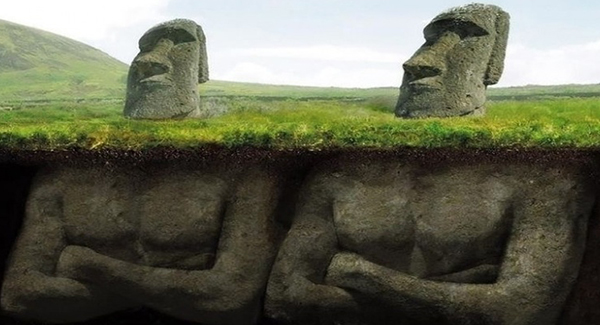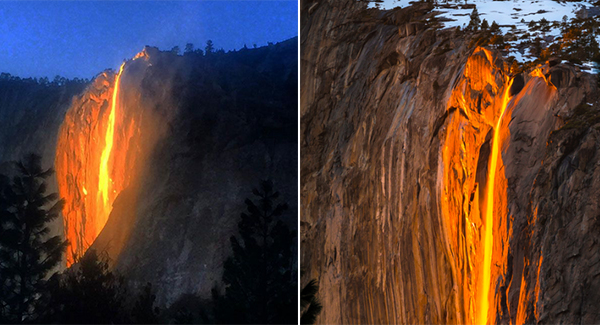It’s not two oceans meeting, its glacial melt water meeting the off shore waters of gulf of Alaska. The difficulty in mixing between the off-shore waters of the Gulf of Alaska and the glacier melt water is the cause of this peculiar event. These waters differ in water density, temperature, and salinity.

Ken Bruland, professor of ocean sciences at University of California-Santa Cruz, was on that cruise. In actuality, he took the photograph. The aim of the voyage, according to him, is to investigate how enormous eddies, slow-moving currents that may reach diameters of hundreds of kilometers, swirl out from the Alaskan shoreline into the Gulf of Alaska.

Thanks to rivers like Alaska’s 286-mile-long Copper River, famed for its salmon and originating from the Copper Glacier far inland, such eddies frequently bring with them enormous amounts of glacial material. It empties out east of Prince William Sound, carrying with it all that heavy clay and sediment. And with that sediment comes iron.


“Glacier rivers in the summertime are like buzzsaws eroding away the mountains there,” Bruland said. “In the process, they lift up all this material — they call it glacial flour — that can be carried out.”


These glacial rivers enter the larger body of water, where they are swept up by east-to-west flowing ocean currents and start to circulate. This is one of the main ways that iron, which is present in the clay and silt of the glacial runoff, gets transferred to areas of the Gulf of Alaska that are iron-deficient.




